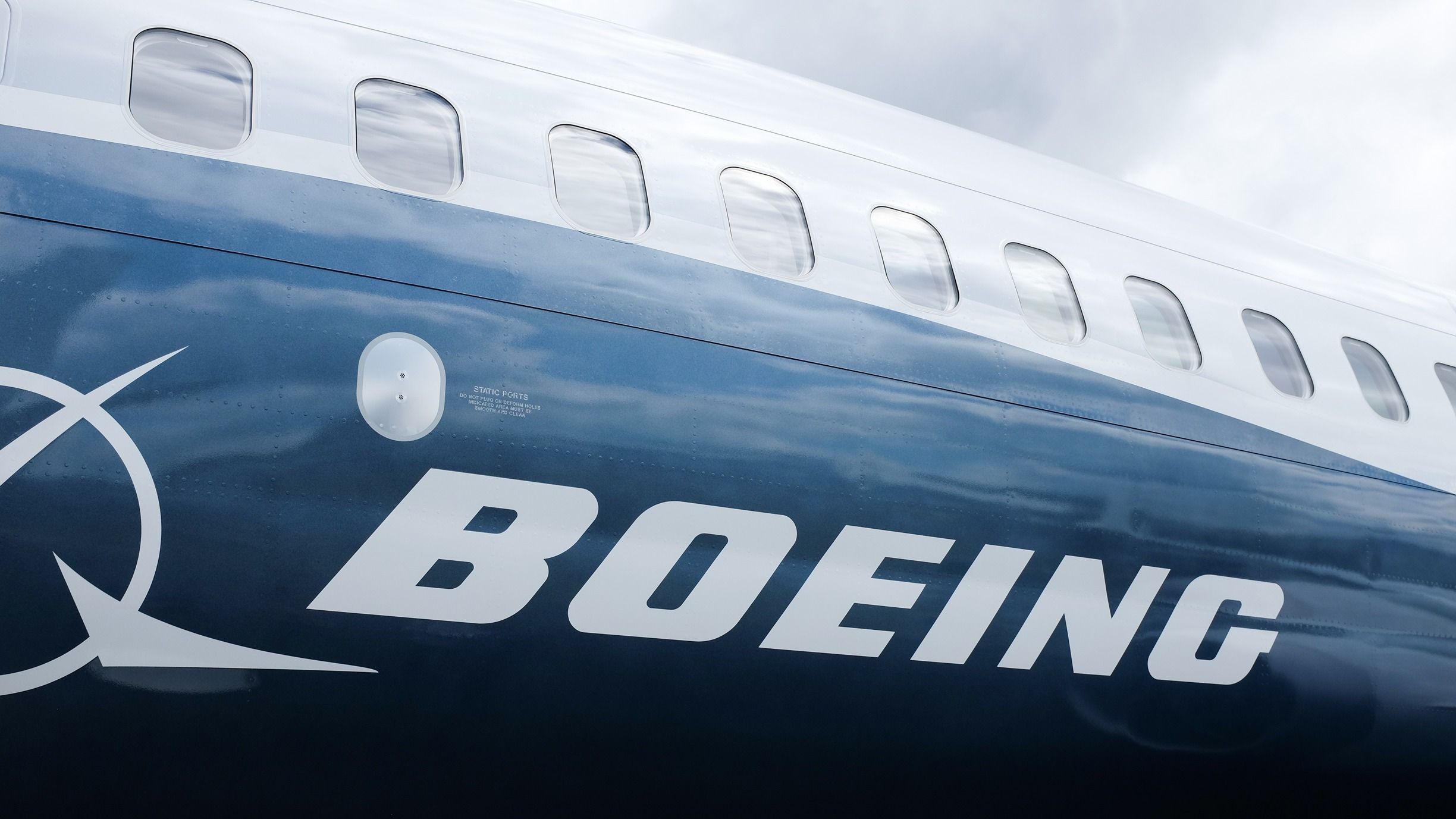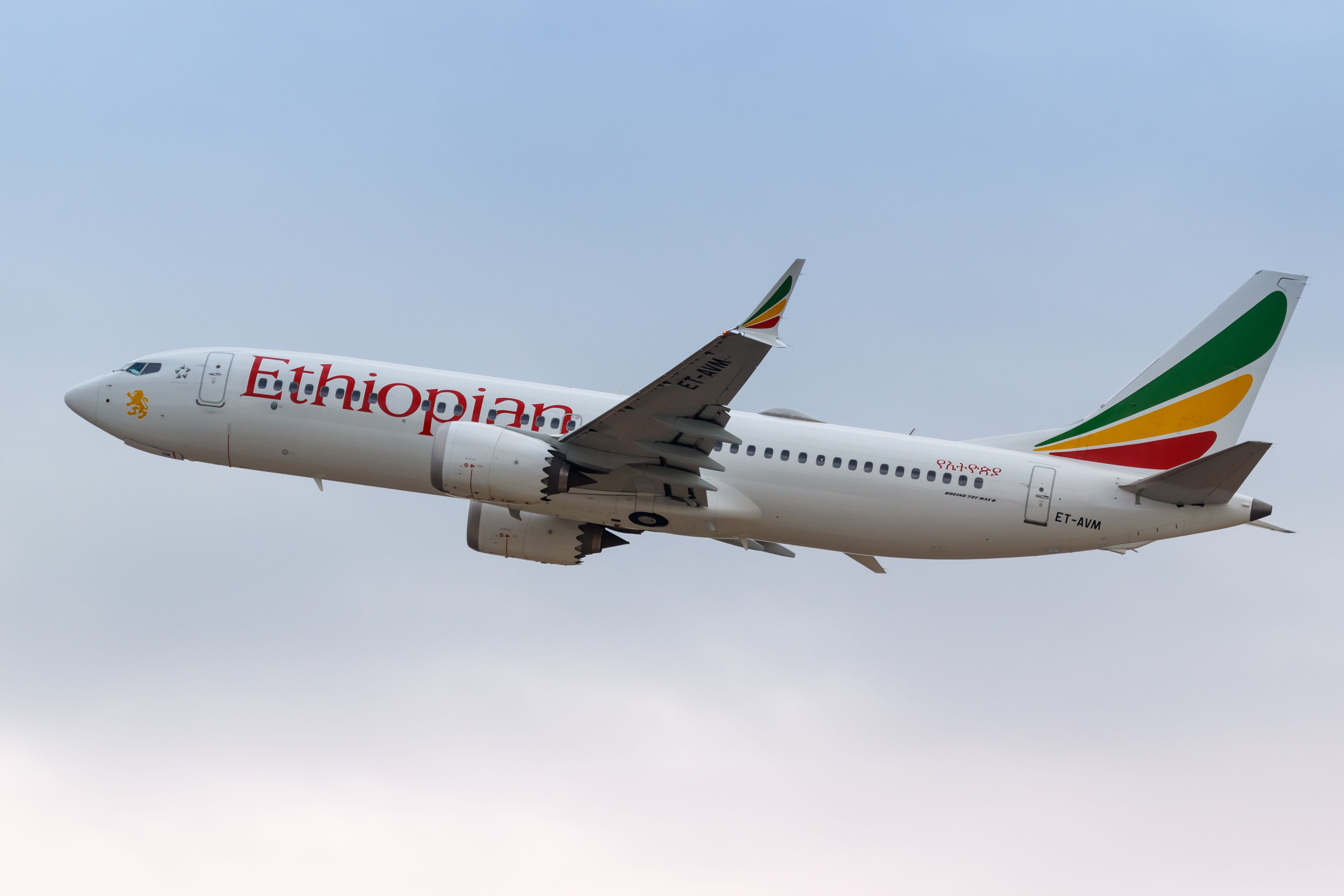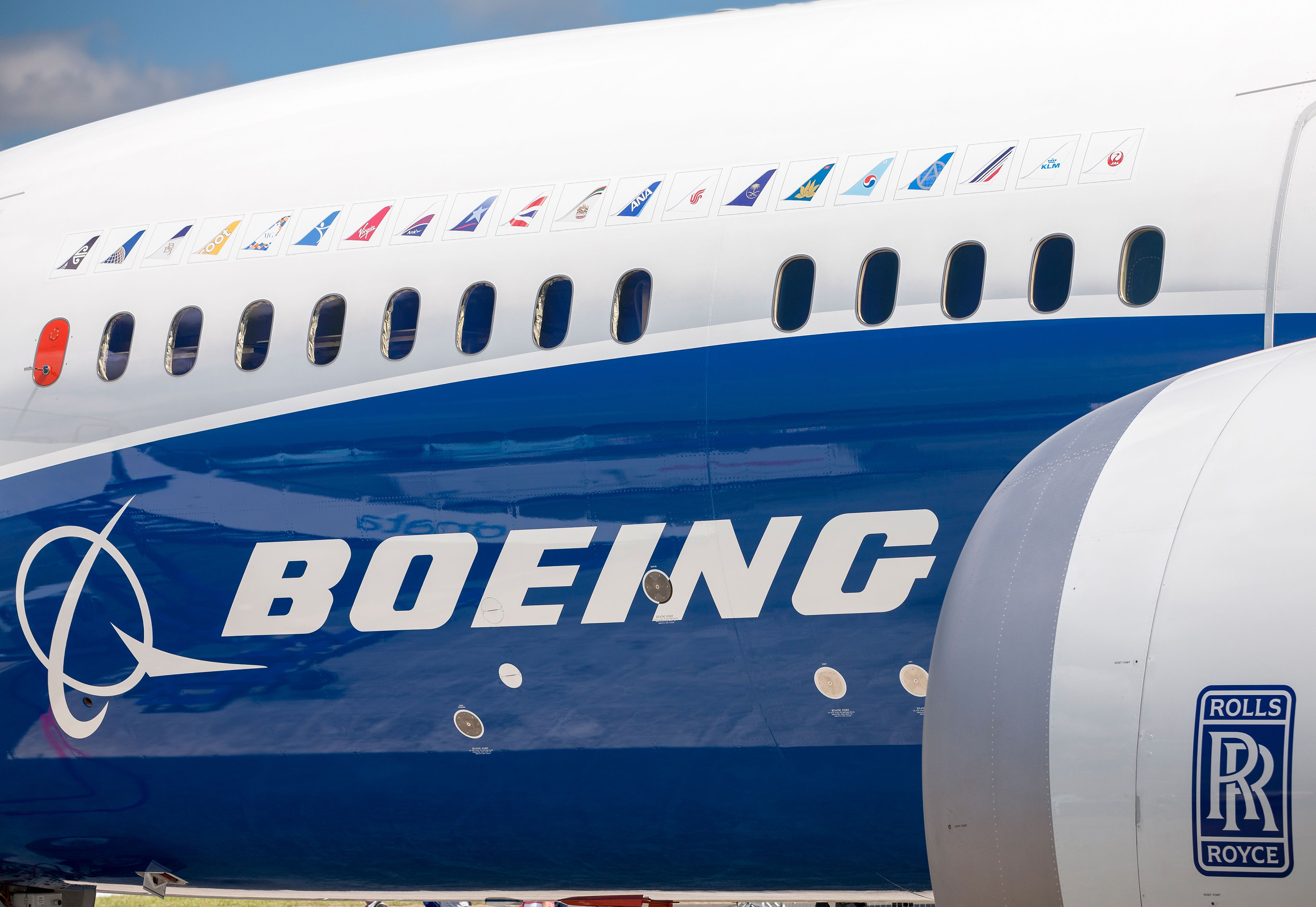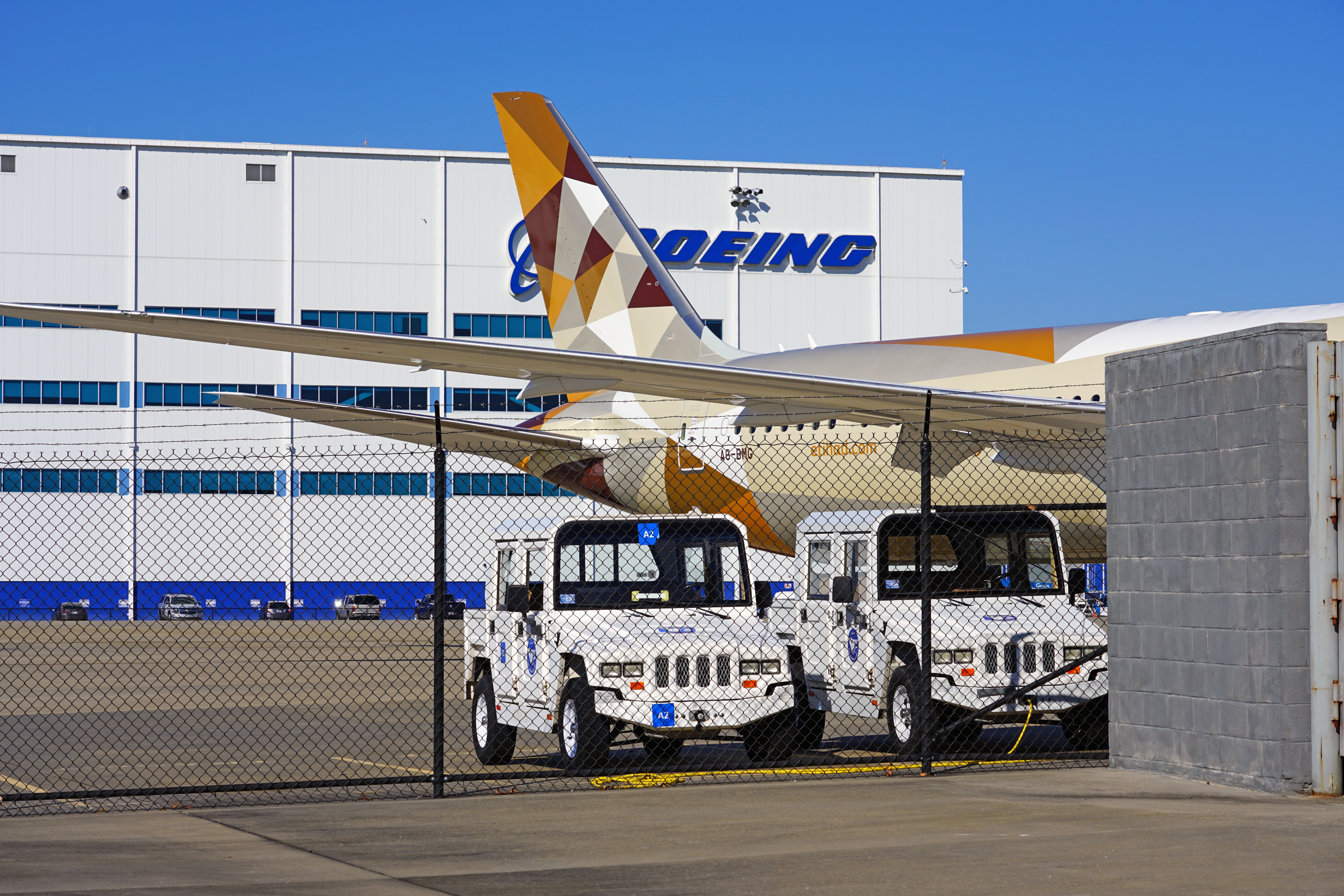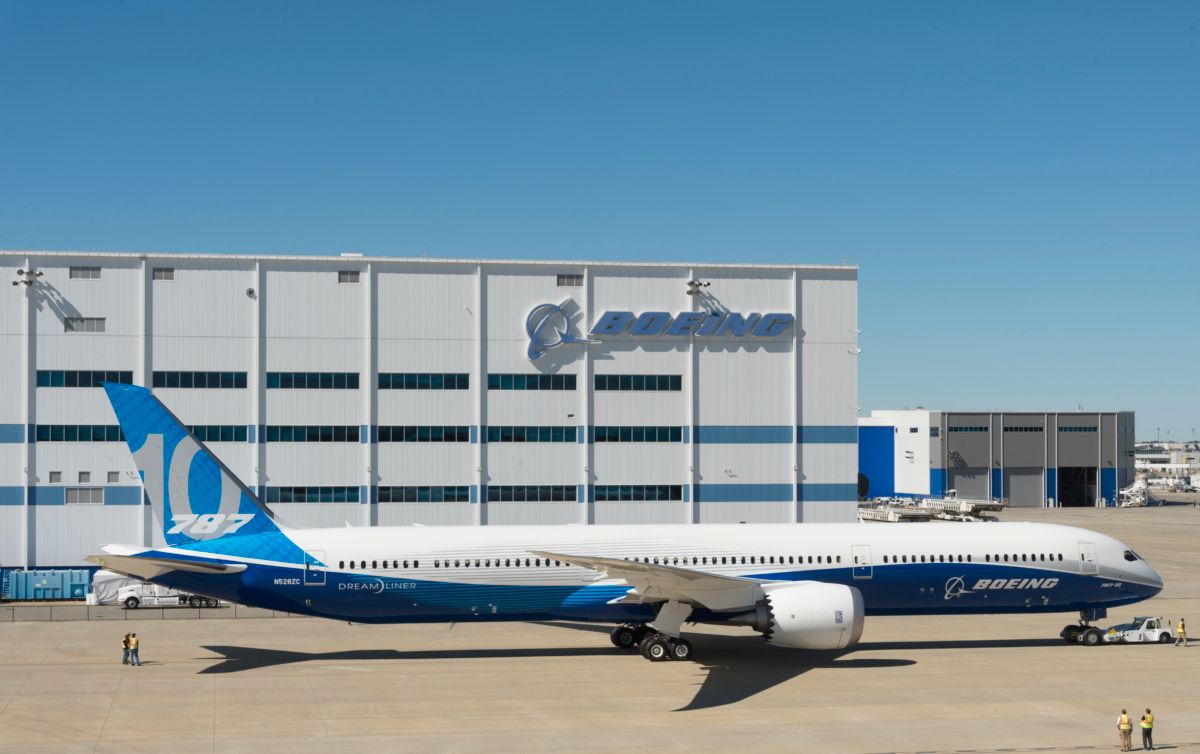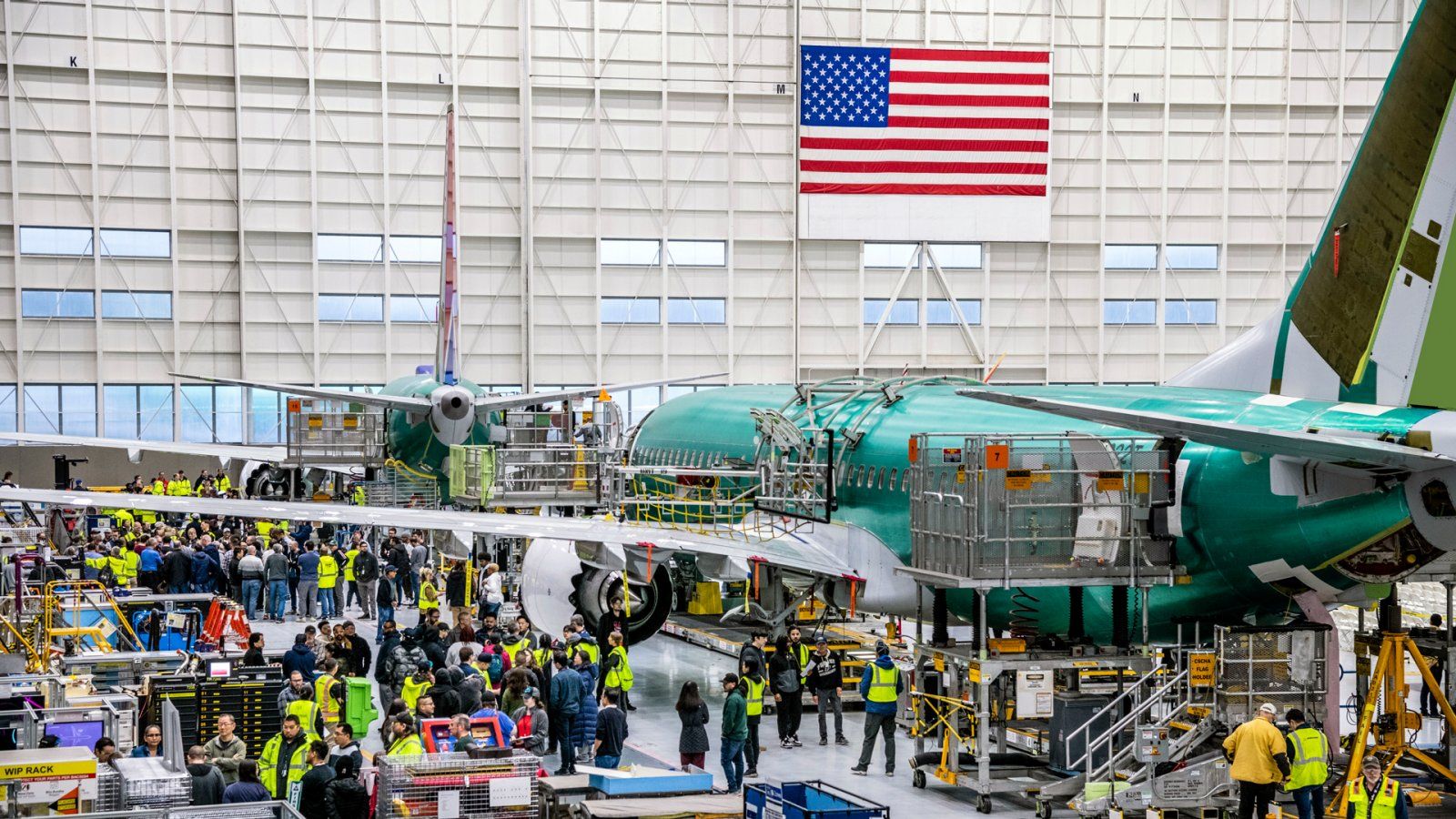Summary
- The US Department of Justice (DOJ) has alleged Boeing has violated its deferred prosection agreement (DPA).
- The DPA was signed in January 2021 following two fatal Boeing 737 MAX crashes in Indonesia and Ethiopia.
- The DOJ has given Boeing 30 days to respond to the allegations.
In a letter to a United States District Court Judge, the Department of Justice (DOJ) alleged that Boeing has violated its deferred prosecution agreement (DPA), which the DOJ and the aircraft manufacturer finalized in Jaunuary 2021 following the two fatal Boeing 737 MAX crashes.
Violating the agreement
In its letter to the US District Court of the Northern District of Texas, the Fort Worth Division Judge Reed O’Connor, the DOJ alleged that the defendant, Boeing, has violated the DPA’s terms by failing to design, implement, and enforce a compliance and ethics program that would prevent and detect fraud within its operations.
Photo: Markus Mainka | Shutterstock
The DOJ continued that the aircraft manufacturer was subject to prosecution by the federal government for any criminal violation of which the US has knowledge, including, but not limited to, the offense described in the DPA, for failing to fulfill the terms of the DPA. The DOJ’s May 14 letter to O’Connor can be found here.
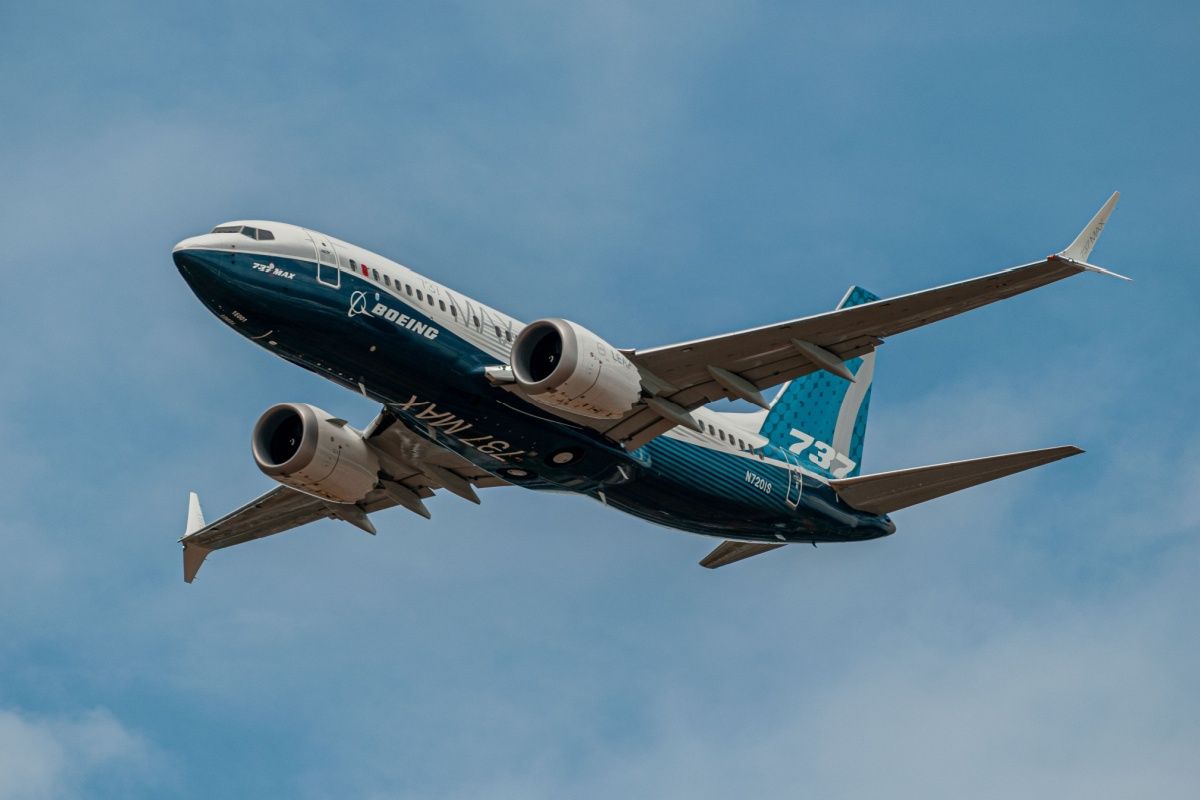
Related
DOJ Sets May Deadline For Decision On Boeing’s $2.5b Settlement Violation
The DOJ is set to make a decision on May 28 as to whether Boeing violated the deferred prosecution agreement.
Determining how to proceed
However, the DOJ stated that the federal government was still determining how to proceed. Furthermore, Boeing has 30 days to respond to the allegations, explaining the circumstances of the alleged breach of the agreement and the actions the aircraft manufacturer has taken to rectify the situation. Subsequently, the DOJ, representing the US government, would decide whether to proceed with the prosecution of the aircraft manufacturer, with the deadline given to Boeing being June 13, 2024.
Photo: Ryan Fletcher | Shutterstock
The DOJ noted that it has been in continuous contact with the victims of the Lion Air JT610 and Ethiopian Airlines ET302, the airline customers, and their counsel about the next steps in the prosecution. The families met with the DOJ on April 24 and are scheduled to meet once again on May 31. In terms of its decision on whether to prosecute Boeing, the DOJ told O’Connor that it would inform the judge no later than July 7.
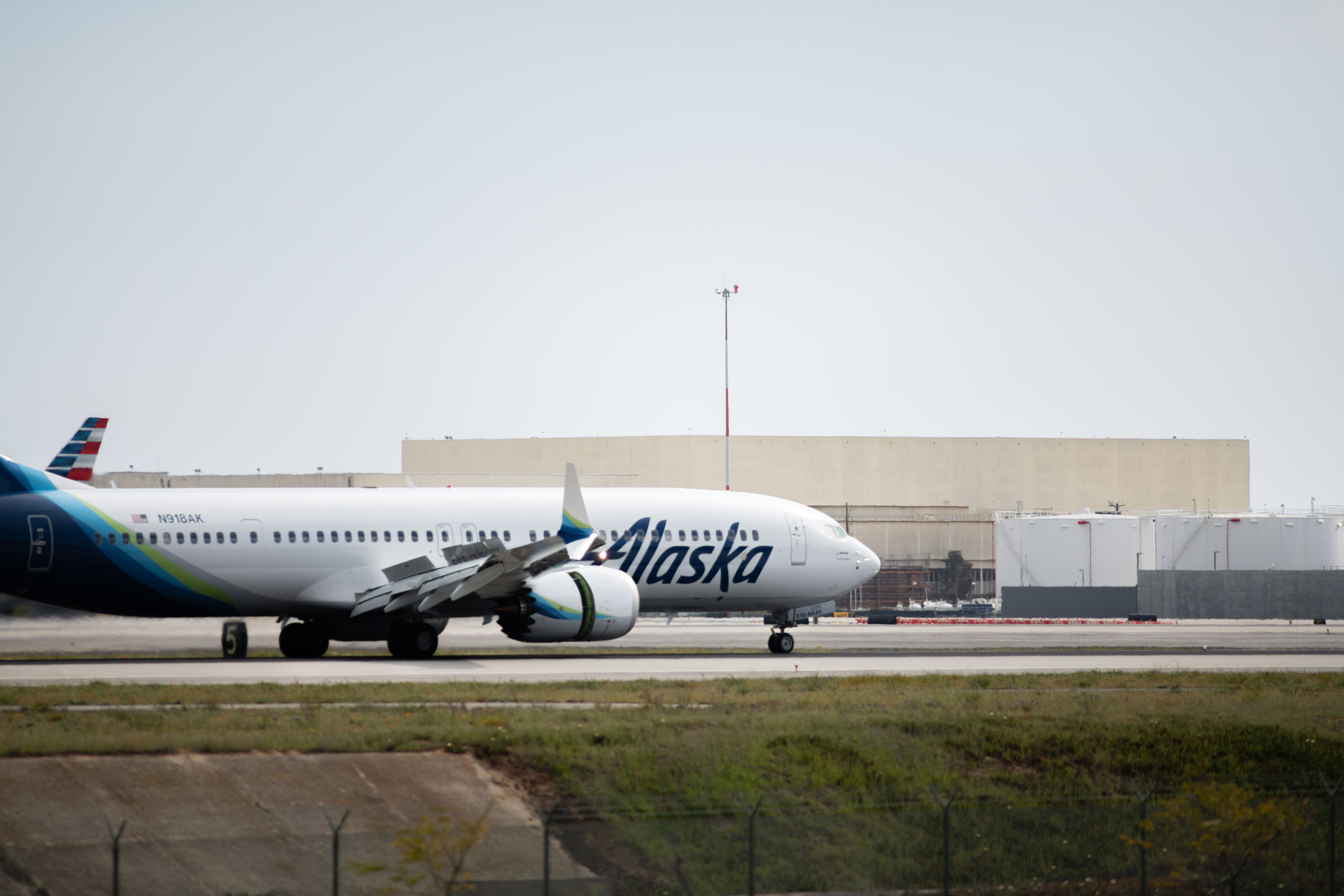
Related
DOJ Opens Investigation Into Alaska Airlines Boeing 737 MAX 9 Door Blowout
The agency is the latest of a number of federal investigations into Boeing.
Skipping inspections
While the DPA was signed following the two fatal Boeing 737 MAX crashes involving Lion Air and Ethiopian Airlines aircraft in October 2018 and March 2019, respectively, the plane maker has been scrutinized more intensely recently following the Alaska Airlines flight AS1282 mid-air door plug blowout in January 2024.
Photo: EQRoy | Shutterstock
On May 6, The Seattle Times reported that the Federal Aviation Administration (FAA) has begun investigating Boeing’s South Carolina facility, where the 787 was produced, after the company told the regulator that some employees falsified inspection records of the aircraft.
In a letter to its employees, Scott Stocker, the Vice President and General Manager of the Boeing 787 program, said that the company’s engineering team determined that the falsifications did not create an immediate safety of flight issue.
“But it will impact our customers and factory teammates, because the test now needs to be conducted out of sequence on airplanes in the build process.”
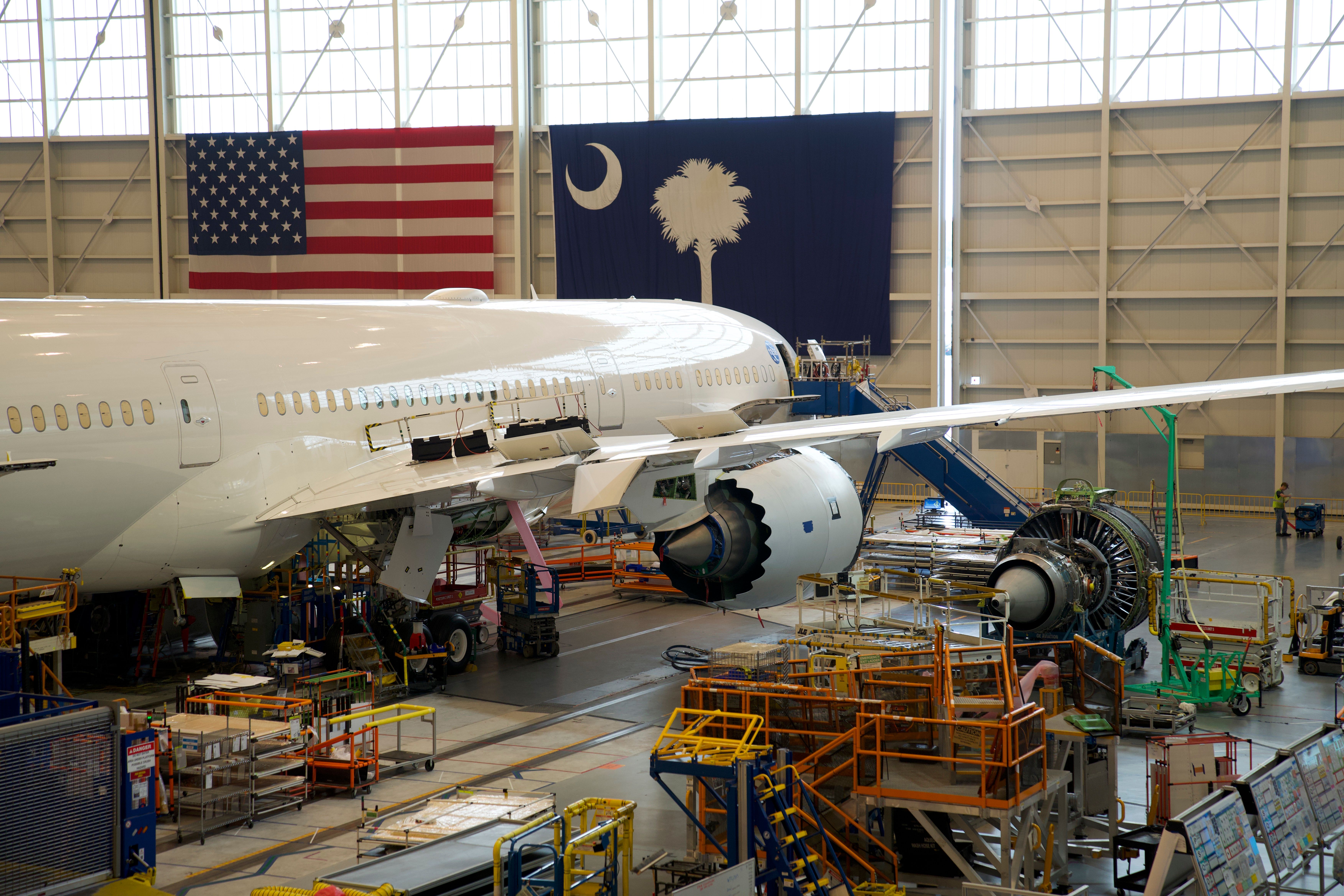
Related
The FAA Is Investigating Claims That Boeing 787 Employees Falsified Inspection Records
Boeing told the FAA of its findings and invited employees to come forward if anything odd was discovered.
Compliance program
According to the DOJ’s letter, Boeing potentially violated three paragraphs of the DPA and one attachment within the agreement. One of the paragraphs that Boeing allegedly breached mandated that the manufacturer would implement a compliance and ethics program that would prevent fraud within its operations.
“In order to address any deficiencies in its internal controls, policies, and procedures, the Company represents that it has undertaken, and will continue to undertake in the future, in a manner consistent with all of its obligations under this Agreement, a review of its existing internal controls, policies, and procedures regarding compliance with U.S. fraud laws, focusing on the Company’s interactions with domestic or foreign government agencies (including the FAA), regulators, and any of its airline customers.”
Meanwhile, the attachment that the manufacturer could have violated included provisions that directed Boeing’s senior management to support corporate policies to prevent fraud, with the company developing clearly articulated policies against committing fraud.
The policies would have to go through a periodic risk review assessment considering the individual circumstances of the aircraft manufacturer. In addition, Boeing has had to review the policies at least once a year and update them appropriately.
Photo: Boeing
However, the Boeing 787 case was not the only instance where records could have been falsified. In March, the Wall Street Journal (WSJ) reported that the DOJ has begun investigating the Alaska Airlines mid-air door plug blowout incident.

Related
DOJ Opens Investigation Into Alaska Airlines Boeing 737 MAX 9 Door Blowout
The agency is the latest of a number of federal investigations into Boeing.
Not providing documents
The National Transportation Safety Board (NTSB), which investigates any aviation incident or safety event within the US and when US-made aircraft are involved in an accident overseas, told the US Senate Committee on Commerce, Science, and Transportation that as of March 13, two months after the incident, the NTSB still did not know who opened, reinstalled, and closed the door plug on the Alaska Airlines Boeing 737 MAX 9. The full letter is available here.
“Boeing has informed us that they are unable to find the records documenting this work. A verbal request was made by our investigators for security camera footage to help obtain this information; however, they were informed the footage was overwritten. The absence of those records will complicate the NTSB’s investigation moving forward.”
However, the manufacturer has made changes to improve the safety and quality of its aircraft assembly processes, including the reduction of traveled work. Traveled work, which involves various assembly tasks done at other stations on the factory floor, had to change, Brian West, the chief financial officer (CFO) and Executive Vice President of Finance of Boeing, admitted at the Bank of America Global Industrials Conference in March.
Photo: Boeing
According to West, for years, Boeing prioritized the movement of the aircraft through the factory floor over doing the process right. Following the Alaska Airlines incident, the company’s leadership realized that had to change, with West adding that David Calhoun, the President and chief executive officer (CEO) of Boeing, has been in the factory, making sure that the company is in control of the assembly process since reducing traveled work improves quality and stability of the assembly line.
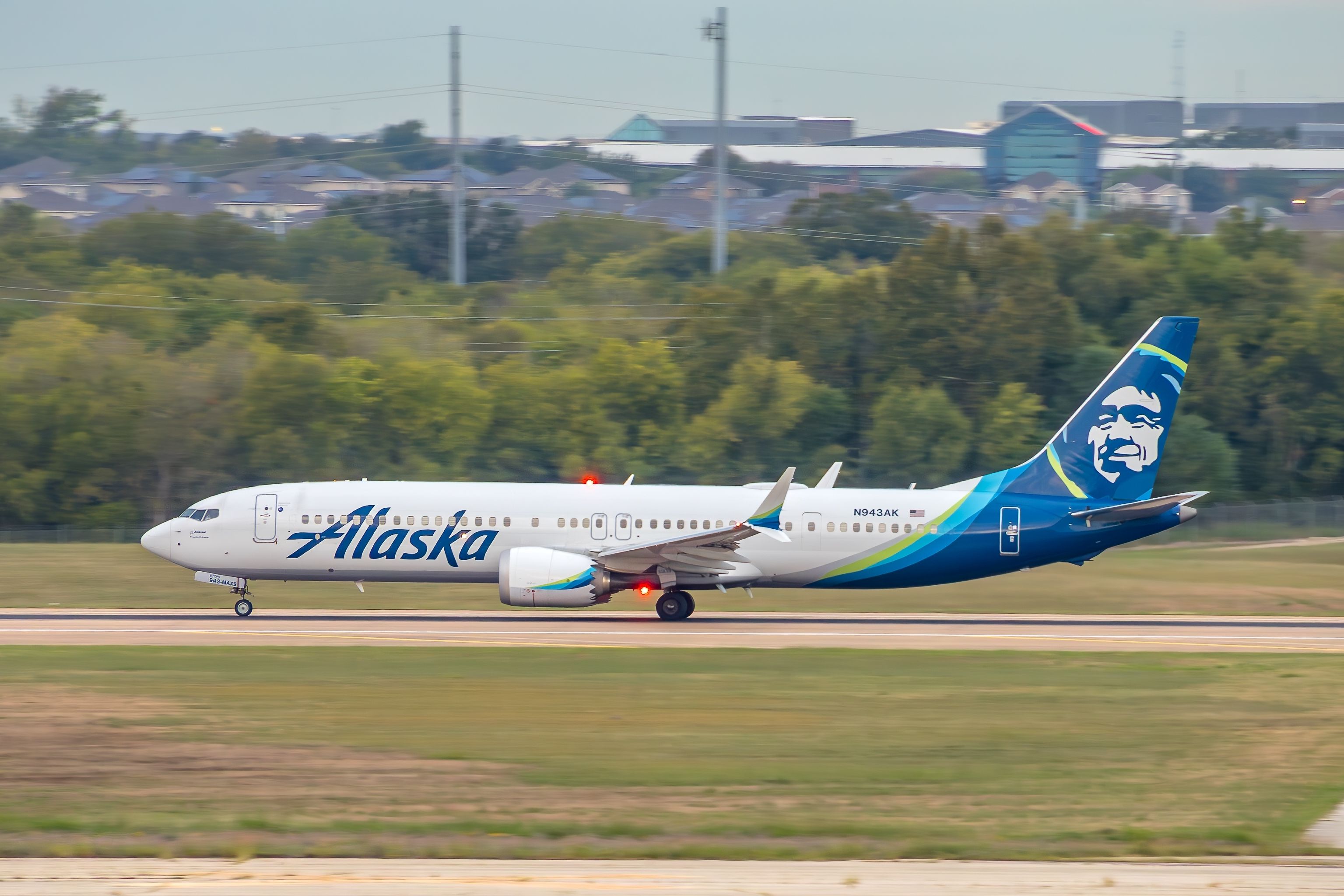
Related
Yikes: Boeing Cannot Find Any Documentation For Work Done On Alaska Airlines 737 MAX 9 Door Plug
This is the latest of several developments this week.
